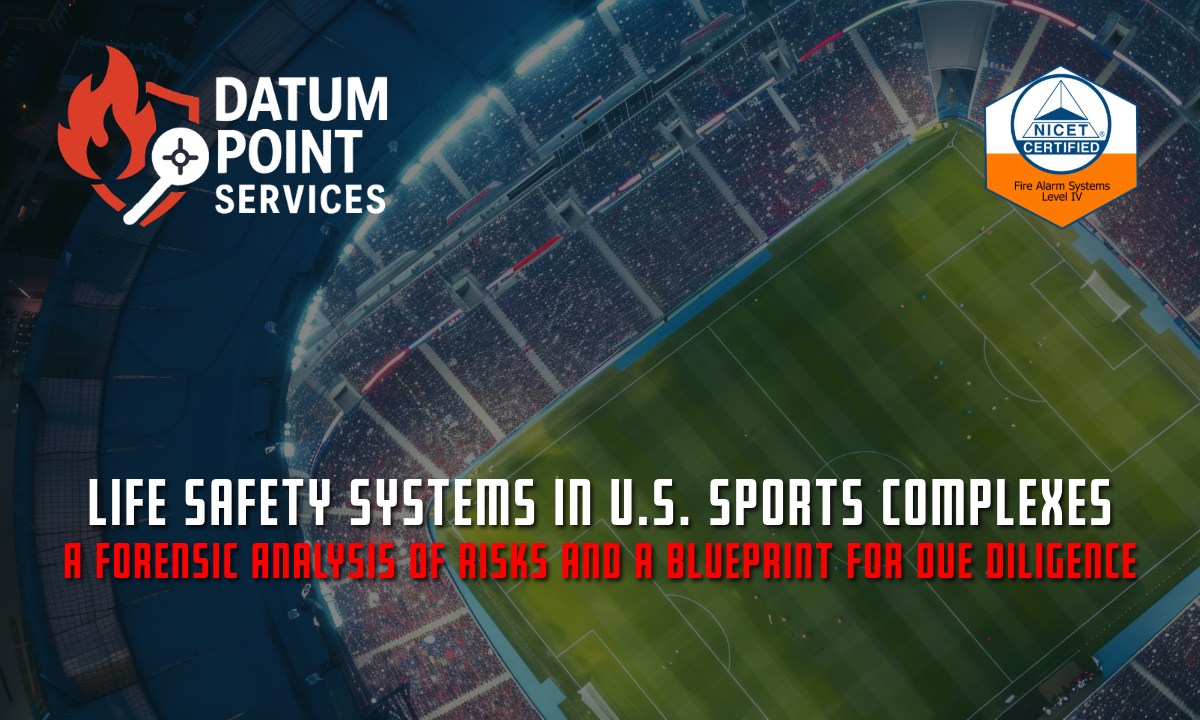Life Safety Systems in U.S. Sports Complexes:
A Forensic Analysis of Risks and a Blueprint for Due Diligence
By Daniel, Life Safety & Security Analyst at Datum Point Services
Feel the Roar—But Do You Feel Secure?
The roar of the crowd, the crack of the bat, the pulse of 50,000 fans—all hallmarks of the American sports experience.
Yet beneath that electricity lies a labyrinth of life safety systems, tirelessly protecting everyone under the lights.
When these silent guardians fail, the fallout is more than embarrassing—it can be catastrophic.
Have you ever asked yourself:
- Who controls your fire alarm panels?
- Can those systems juggle an evacuation and a lockdown at the same time?
- What hidden shortcuts or neglected repairs could turn a minor malfunction into a stadium-wide disaster?
If you can’t answer honestly, your venue—and everyone in it—is at risk.
The Anatomy of a Stadium’s Life Safety Ecosystem
Modern sports venues are engineering marvels, but that scale creates vulnerabilities. A truly resilient system is multi-layered:
- Fire Detection & Alarm Systems
– Smoke and heat detectors, manual pull stations, plus a central control panel.
– Aspirating detection for early warning in cavernous concourses. - Automatic Sprinkler Systems
– Strategically placed in high-risk zones: concession stands, kitchens, storage.
– Proven lifesavers—like at the West Michigan Whitecaps’ ballpark fire in 2014. - Smoke Control & Pressurization
– Massive exhaust fans and dampers to keep smoke from overtaking seating bowls.
– Clears evacuation routes so fans can escape even if the lights go out. - Emergency & Egress Lighting
– Illuminates aisles, stairs, and exits when power fails.
– Ensures orderly evacuation rather than panic-driven chaos. - Mass Notification Systems
– Live voice, text alerts, and digital signage instructions.
– Critical for clear, coordinated responses during an evolving threat.
The Law of the Land: Codes You Can’t Ignore
Your systems must meet—and exceed—the strictest national and local standards:
- NFPA 101® Life Safety Code® for “Assembly Occupancies,” dictating means of egress, fire protection, and emergency lighting based on occupant load.
- The International Building Code® (IBC®) Chapter 4 requirements for large stadiums (Group A-5) include open-air seating and smoke control specifics.
But compliance on paper doesn’t guarantee safety in practice.
When Systems Fail: Real Incidents, Real Consequences
These aren’t hypothetical scenarios:
- Oracle Park, San Francisco (June 2025): A concession stand fire partially evacuated 30,000 fans—revealing weaknesses in early detection.
- Empower Field at Mile High, Denver (March 2022): A welding accident burned through seating and suites, underscoring the need for robust suppression redundancy.
- PNC Arena, Raleigh (March 2016): An ammonia leak forced a complete evacuation—illustrating that chemical hazards demand specialized monitoring.
Each incident hammered home the same lesson: hidden faults become headline-making disasters.
The Domino Effect of Non-Compliance
A single system failure can trigger a cascade:
- Legal Liability
– Multi-million dollar lawsuits for negligence in “duty of care.” - Skyrocketing Insurance Premiums
– Insurers penalize venues with patchy maintenance records or prior failures. - Eroded Public Trust
– Fans—and event promoters—won’t return after a safety breach goes viral.
Long-Term Benefits: Beyond Box-Checking
Investing in a forensic audit pays dividends:
- Verified Safety & Peace of Mind: Know your venue will perform when it matters most.
- Reduced Legal Exposure: A documented “best-in-class” due diligence process is your strongest defense in court.
- Lower Insurance Costs: Demonstrate a proactive safety stance to negotiate better rates.
- Operational Efficiency Gains: Identify maintenance optimizations that save time and money.
- Enhanced Reputation: Show fans and clients you place their safety above all else.
Don’t Let Hidden Faults Become a Public Tragedy
In the world of sports venues, every second counts—both in the game and in an emergency.
If you’re responsible for a stadium, arena, or sports complex, ask yourself:
Is my due diligence scratching the surface, or is it forensically sound?
If there’s the slightest doubt, let’s talk.
Because protecting millions of fans—and your investment—demands more than compliance.
It requires relentless scrutiny, rigorous testing, and the unassailable truth that only a forensic audit can deliver.


